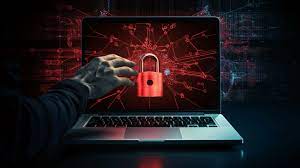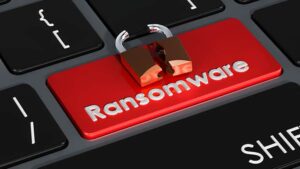
In an increasingly digital world, data security is of paramount importance. Unfortunately, the rise of ransomware attacks has made data loss and theft a significant concern for individuals and businesses alike. India, with its burgeoning tech industry, is not immune to this threat. So, what is the best way to restore your data after a ransomware attack in India? In this article, we will explore the steps you can take to recover your data and safeguard your digital assets.
Understanding Ransomware
Before delving into data restoration, it’s essential to understand what ransomware is. Ransomware Services is a type of malicious software that encrypts your files by Ransomware attack data recovery, rendering them inaccessible. Attackers demand a ransom, usually in cryptocurrency, to provide the decryption key. Paying the ransom is discouraged, as it does not guarantee data recovery and encourages criminal activity.
Prevention is the Best Defense
Regular Backups
The first line of defense against ransomware is regular data backups with the help of Ransomware data recovery services. Ensure that your data is frequently and securely backed up to offline or cloud storage. This minimizes data loss in case of an attack.


defeat ransomware attack services
Update Your Software
Outdated software can have vulnerabilities that ransomware exploits. Keep your operating system and software up to date with the latest security patches.
Employee Training
Educate your employees about the dangers of phishing emails and suspicious links. Human error is a common entry point for ransomware attacks.
Responding to a Ransomware Attack
Isolate Infected Systems
If you suspect a ransomware attack, isolate the infected systems from your network to prevent further spread.
Report the Attack
Contact law enforcement and report the attack for Ransoamre account data recovery. Cooperation with authorities can help track down cybercriminals.
Do Not Pay the Ransom
Resist the urge to pay the ransom. There’s no guarantee that you’ll get your data back, and paying only fuels criminal activities.
Restoring Your Data
Identify the Ransomware
Determine the type of ransomware used in the attack. Some decryption tools may be available for specific strains.
Restore from Backups
Use your backup copies to restore your data. Ensure that these backups are clean and free from malware before the restoration process.
Seek Professional Help
If you’re unable to restore your data independently, consider hiring a professional data recovery service. They may have specialized tools and expertise.
Strengthening Security Post-Attack
Improve Security Measures
Learn from the attack and bolster your security measures. Invest in better antivirus software and implement stricter access controls.
Monitor Your Network
Continuous network monitoring can help detect any suspicious activity early, preventing future attacks.
Conclusion
A ransomware attack can be devastating, but it doesn’t have to be the end of your data. By taking proactive measures to prevent attacks, responding appropriately when one occurs, and using the right recovery techniques, you can minimize the damage and protect your digital assets. Remember, prevention is the best defense against ransomware.
FAQs
- Is paying the ransom ever recommended? No, paying the ransom is not recommended. It does not guarantee data recovery and supports criminal activities.
- How can I tell if my data has been encrypted by ransomware? Ransomware typically displays a ransom note on your screen, making it clear that your data has been compromised.
- What are some common entry points for ransomware attacks? Phishing emails, malicious attachments, and compromised websites are common entry points for ransomware attacks.
- How often should I back up my data? Regular backups should be done at least daily or as frequently as your data changes.
- Can I recover my data without professional help? In some cases, you can recover your data using decryption tools, but professional help may be required for more complex attacks.


